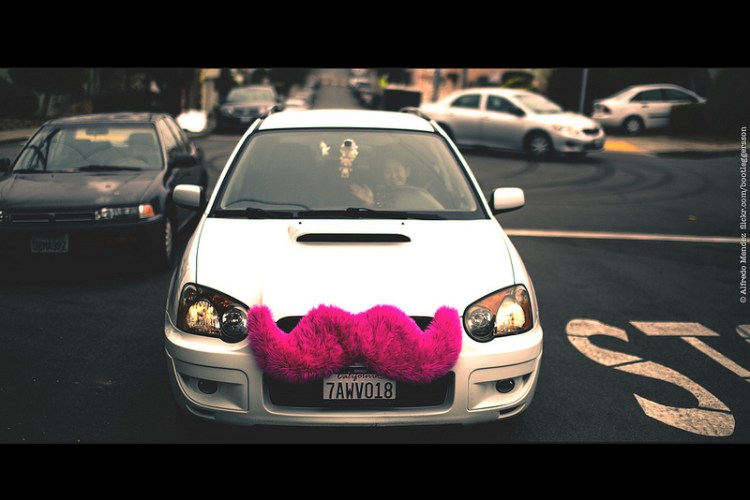On New Years’ Eve, it might cost you hundreds of dollars to get a ride to a party from ridesharing services like Uber or Lyft. But how about in the dead of night on a random Tuesday, when drivers are on empty roads with few passengers to pick up?
Lyft is planning to slash its prices during these slow hours, the company announced today. Check the app during off hours, and you may receive between 10 and 50 percent off your ride. A Lyft spokesperson refers to this new option as “Happy Hour pricing.”
Note: Lyft customers will need to update the app to the latest version to take advantage of this new pricing.
It’s only logical that Lyft would consider reducing prices during times of low demand, when drivers are fighting for business. The discounted pricing is essentially a tactic to prompt customers to check Lyft before hailing a cab, taking public transportation, or consulting Sidecar, Uber, and the slew of other transportation services available. If there’s a chance of a discounted price, it’s worth checking with Lyft first.
June 5th: The AI Audit in NYC
Join us next week in NYC to engage with top executive leaders, delving into strategies for auditing AI models to ensure fairness, optimal performance, and ethical compliance across diverse organizations. Secure your attendance for this exclusive invite-only event.
Mid-afternoons and late nights on weekdays are typically the slowest times for Lyft, but some drivers still want to be on the road. The cut pricing may entice more people to choose Lyft, so these drivers can pack more rides into a graveyard shift.
What comes up must come down
In November of last year, Lyft started jacking up prices for a ride during peak travel times, which it referred to as “Prime Time Tips.”
Cofounder John Zimmer refused to use the term “surge pricing” to avoid the comparison with the company’s chief rival, Uber. Unlike Uber, which takes a cut of the surge pricing, Lyft gives all of the additional money to drivers. Lyft also agreed to cap its price hike to 200 percent.
That price hike proved somewhat controversial, as Lyft has positioned itself as the “friendliest” option for both drivers and passengers. The Lyft brand is all about community, with drivers adorning their car with a pink mustache and passengers sitting up front.
For this reason, Lyft took a tentative approach, testing the surge pricing in only a couple of key markets — San Francisco and Los Angeles — before making plans to roll it out across the country. Lyft’s Zimmer stressed in interviews with the press that customers had requested the feature and were willing to pay $5 or $10 more for a ride during peak hours.
Both the surge and discounted pricing are now available to Lyft customers across the country, said Simpson.
“This is a fully dynamic marketplace, with prices going up and down,” said Simpson. “But the idea is that we will remain the lowest price and most reliable option.”


